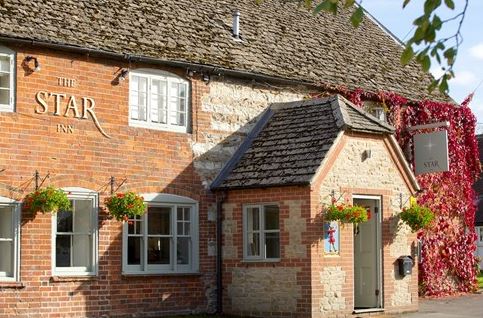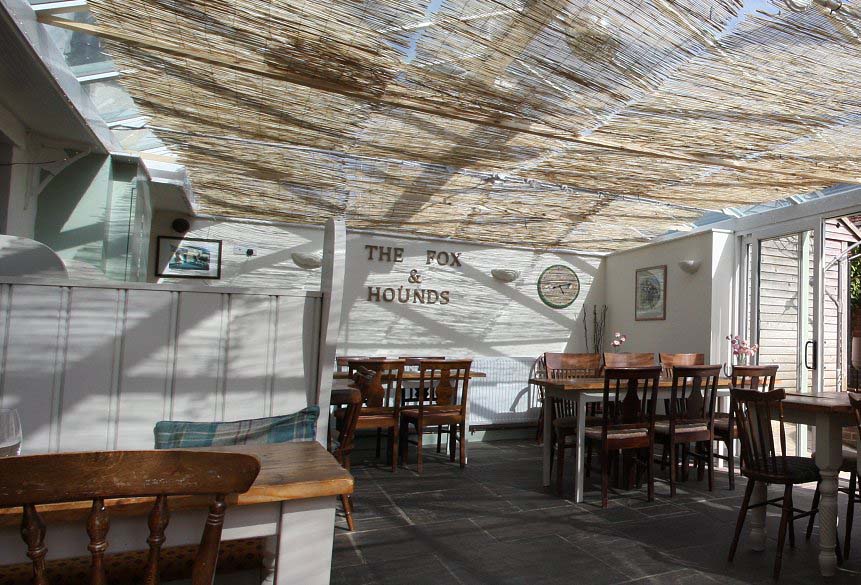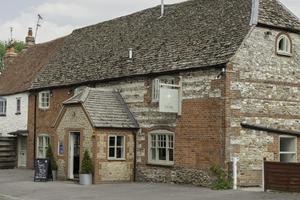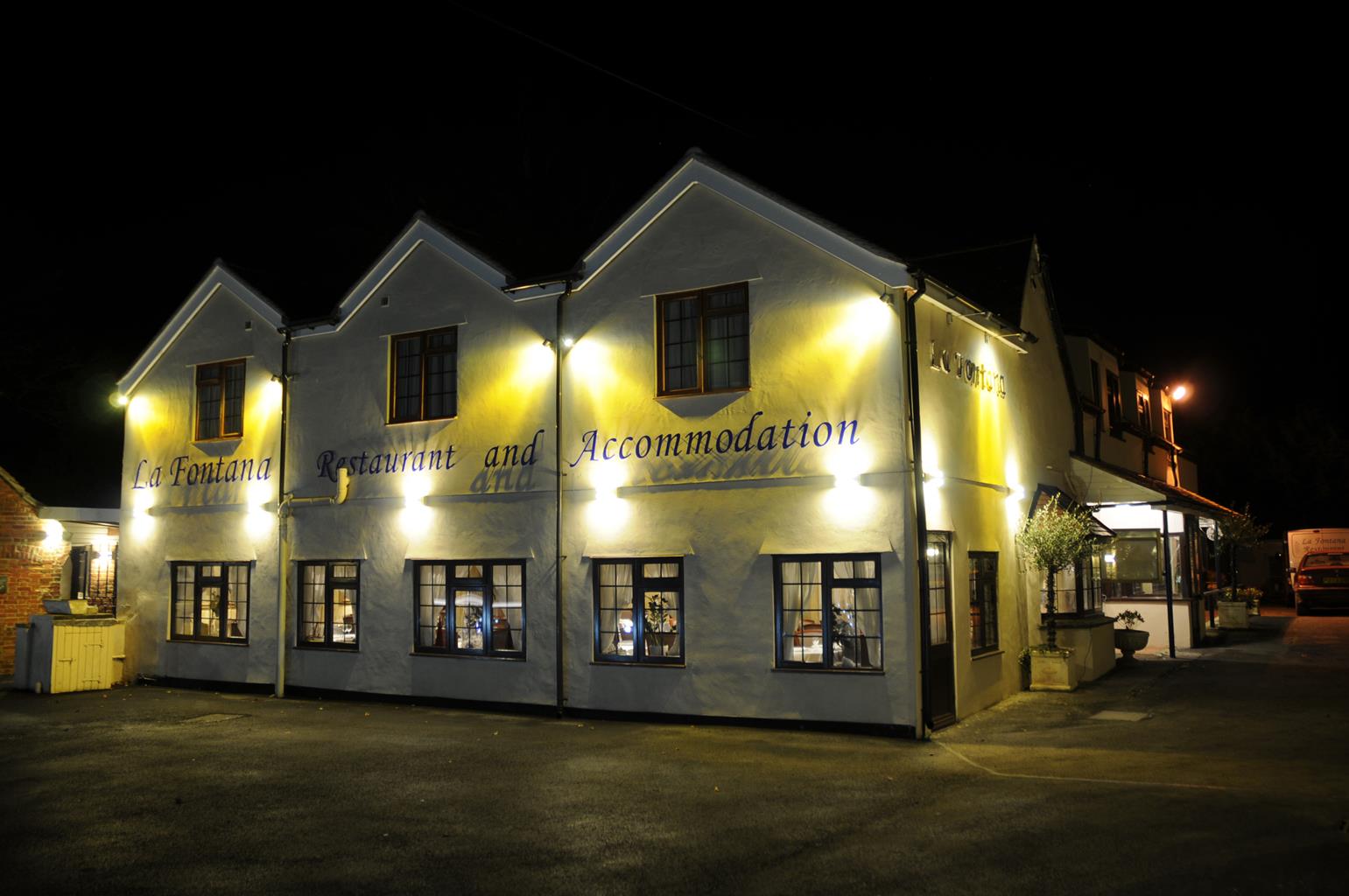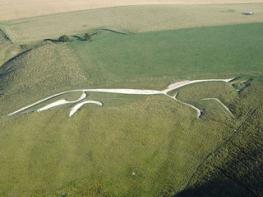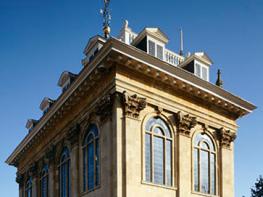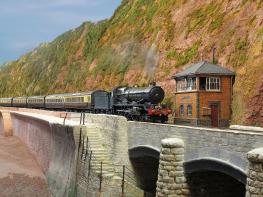The Greyhound is an 18th-century inn in the pretty village of Letcombe Regis in the Vale of the…
Wantage and King Alfred the Great

5.25 miles (8.4kms)
About the walk
King Alfred (ad 849–99) is one of those heroic figures we may remember from the pages of school history books. His victories in battle and his reputation for scholarship and justice rightly earned him the title Alfred the Great. He is suitably commemorated in the Market Place of Wantage, the town of his birth. The striking marble statue of him at its centre was sculpted by Count Gleichen, Prince of Hohenlohne-Langenburg, and unveiled in 1877. As you pass by it, in the initial stages of the walk, note the battleaxe in one hand and manuscript in the other.
Alfred, the youngest son of King Aethelwulf, succeeded his brother Aethelred as King in 871, at a time when Viking invaders had overwhelmed most of England to the north of the Thames and Wessex was under constant attack. Seven years later Alfred defeated the Danish army at Edington in Wiltshire. He repelled another invasion in 885 and captured London the following year.
Alfred is also remembered for building a fleet, which earned him a reputation as ‘father of the English navy,’ and creating a ring of fortified strongholds around his kingdom. He was an educated man and as a child he travelled to Rome and to the Frankish court of Charles I, the Bald. He played a key role in reviving and translating many documents and was instrumental in codifying the laws of his kingdom. For example, he made a treaty which recognised the partition of England, with the Danelaw under Viking rule. But it is the Battle of Ashdown, not far from Wantage, fought in ad 871, with which most local people probably associate Alfred. While the Danes held Reading, it was Alfred’s intention to try and entice them away from the river.
Alfred and his brother Aethelred successfully encouraged the enemy to pursue them up the Kennet Valley. The two men then fell back towards the downs with the Danes in hot pursuit. Then, at Ashdown, they stood their ground. What happened next is not clear. The area surrounding the Ridgeway here was guarded by forts and perhaps Alfred looked to them for help in his quest for victory.
Alfred won the day, sending the Danes packing, proving that once they were away from their boats they were an easy target. After a number of victories over the Danes, Alfred was forced to retreat to the Somerset marshes. However, he had taken a positive first step in his efforts to resist the Vikings.
Walk directions
Pass the public toilets, then cross Church Street to take a covered walkway to the Market Place. To the right is the statue of King Alfred, but your route is left, following the signs for the museum. Approach the parish Church of St Peter and St Paul and follow the road round to the left. Opposite you at the next junction is the Vale and Downland Museum (this is Church Street again). Turn right here, following winding Priory Road to its end. Cross this busy road (Portway) to a footpath to the left of The Croft.
Follow the clear tarmac path as it runs between fences and playing fields. At length you reach a housing estate; continue ahead into Letcombe Regis and make for the junction with Courthill Road. Keep it on your left and go straight ahead, past The Greyhound Inn and a thatched cottage dated 1698, to a junction.
Turn right by the church, signposted 'Letcombe Bassett and Lambourn' and, when the road bends sharp left, go straight ahead. After a few paces the drive bends right. Keep ahead along a path between banks of vegetation, following it as it curves right, then swings left. Pass Antwicks Stud over to the right and climb gently between trees and bushes.
Turn right at the next intersection and follow the tree lined track to the road. Turn left and make for the junction. Cross over, pass alongside Windmill Bungalow and follow Cornhill Lane. Begin a gentle descent, cross a lane by a school and continue down the slope. Keep ahead to a footbridge crossing the old Wilts & Berks Canal. Turn right and follow the tow path.
Take great care in crossing the A417 road then follow a works access road for 200yds (183m). Move right to walk alongside a section of restored canal. On reaching a tarmac drive, just past an estate turn right. Cross Pike Reach and turn left, pass a play area and follow a rough track as it curves right. Turn left. Turn left onto Wasborough Avenue. Go right, on St Mary’s Way, but soon left to a mini-roundabout. Turn right, seeking Belmont (a street) on the left. Turn here but immediately fork right into a fenced path guarded by one bollard. Follow this down the hill, bearing right at the end across the Wharf into Mill Street. Turn left, towards King Alfred’s monument and the start.
Additional information
Pavements, towpath, field paths and tracks
Town outskirts, farmland and downland
On lead on town outskirts, in villages and if horses about
OS Explorer 170 Vale of White Horse
Portway pay-and-display car park (enter from Church Street)
At start
WALKING IN SAFETY
Read our tips to look after yourself and the environment when following this walk.
Find out more
Also in the area
About the area
Discover Oxfordshire
Located at the heart of England, Oxfordshire enjoys a rich heritage and surprisingly varied scenery. Its landscape encompasses open chalk downland and glorious beechwoods, picturesque rivers and attractive villages set in peaceful farmland. The countryside in the northwest of Oxfordshire seems isolated by comparison, more redolent of the north of England, with its broad views, undulating landscape and dry-stone walls. The sleepy backwaters of Abingdon, Wallingford, Wantage, Watlington and Witney reveal how Oxfordshire’s old towns evolved over the centuries, while Oxford’s imposing streets reflect the beauty and elegance of ‘that sweet city with her dreaming spires.’ Fans of the fictional sleuth Inspector Morse will recognise many Oxford landmarks described in the books and used in the television series.
The county demonstrates how the strong influence of humans has shaped this part of England over the centuries. The Romans built villas in the pretty river valleys that thread their way through Oxfordshire, the Saxons constructed royal palaces here, and the Normans left an impressive legacy of castles and churches. The philanthropic wool merchants made their mark too, and many of their fine buildings serve as a long-lasting testimony to what they did for the good of the local community.
Nearby stays
Restaurants and Pubs
Nearby experiences
Recommended things to do
Why choose Rated Trips?
Your trusted guide to rated places across the UK
The best coverage
Discover more than 15,000 professionally rated places to stay, eat and visit from across the UK and Ireland.
Quality assured
Choose a place to stay safe in the knowledge that it has been expertly assessed by trained assessors.
Plan your next trip
Search by location or the type of place you're visiting to find your next ideal holiday experience.
Travel inspiration
Read our articles, city guides and recommended things to do for inspiration. We're here to help you explore the UK.



